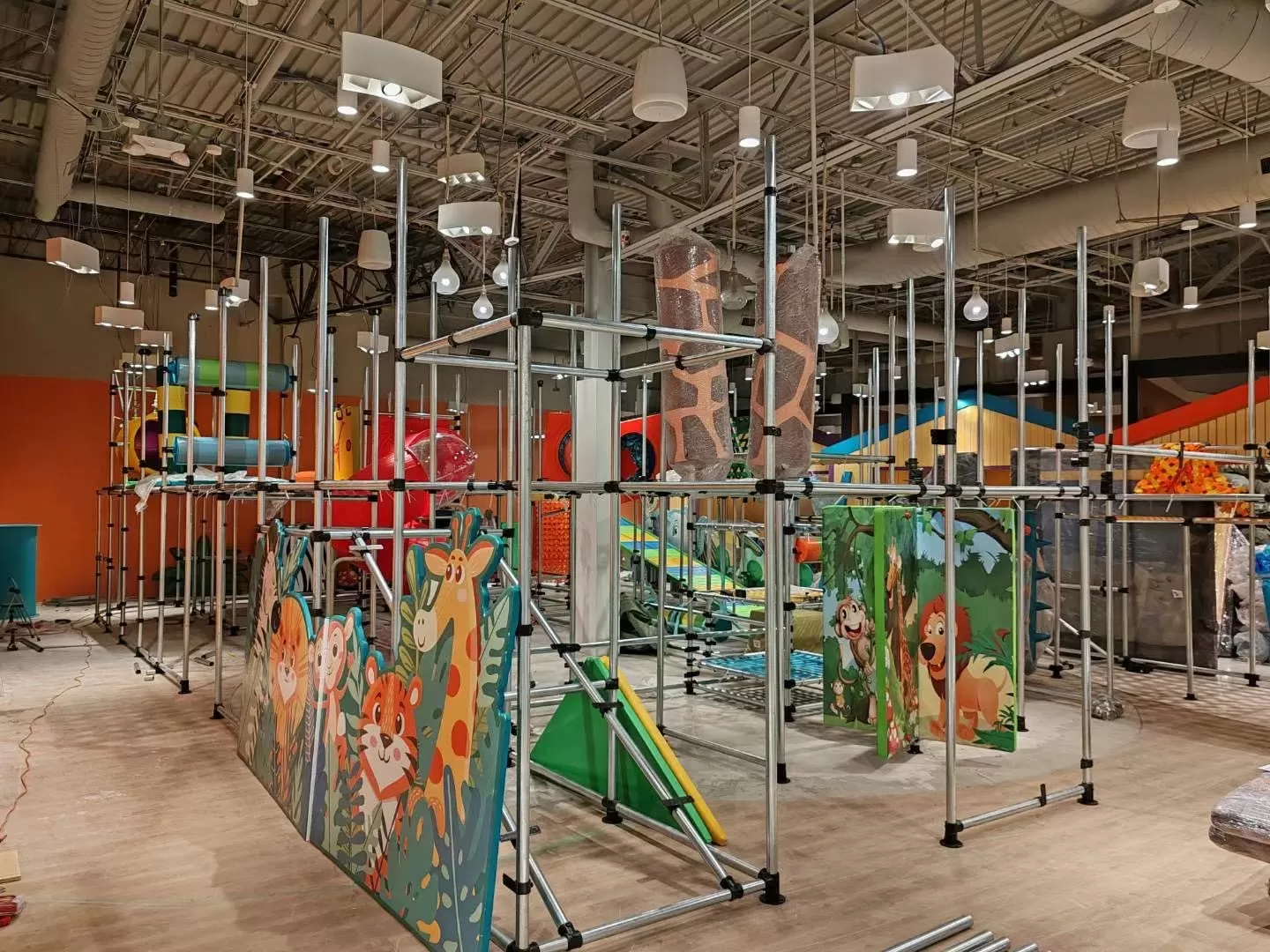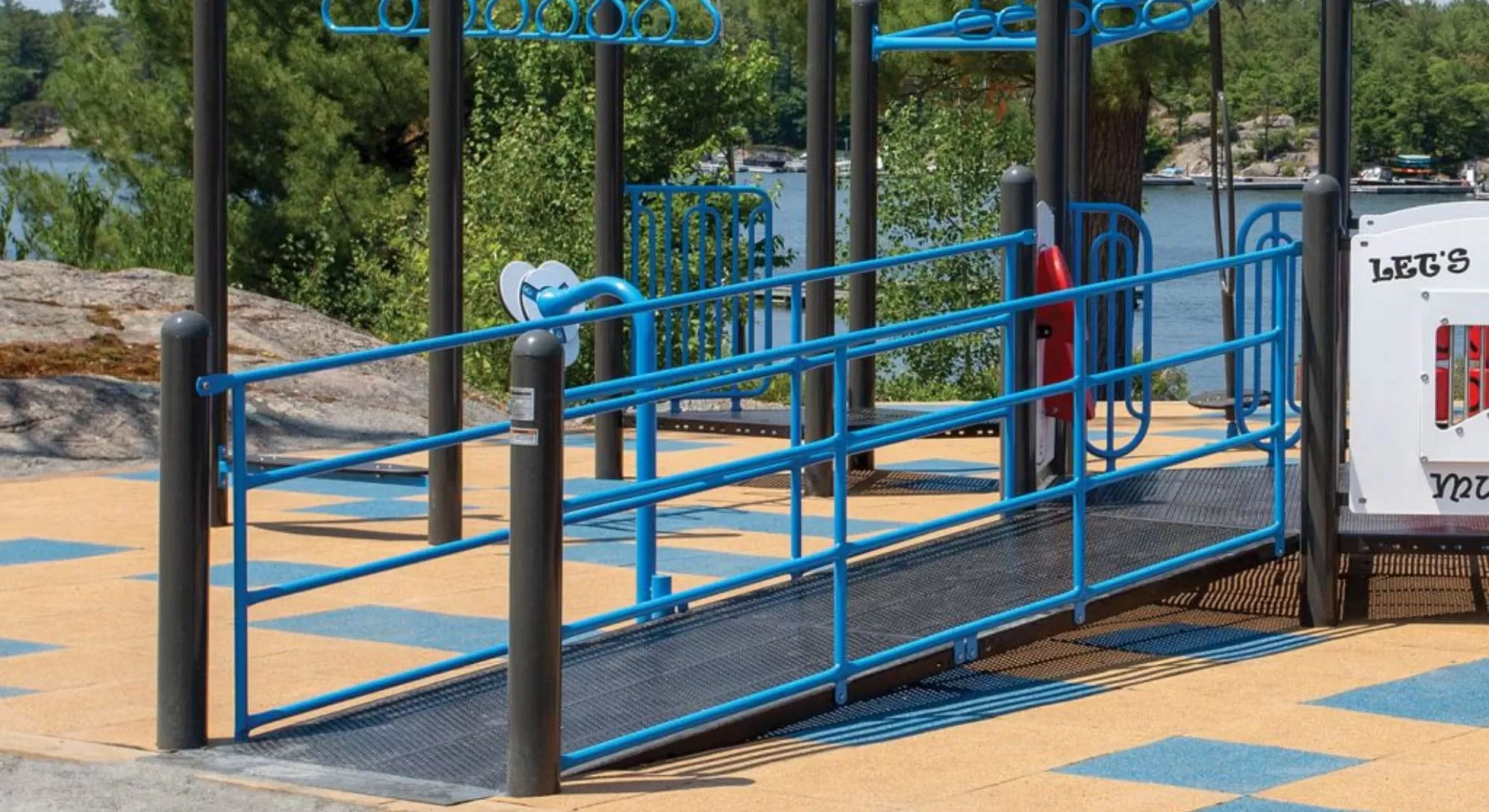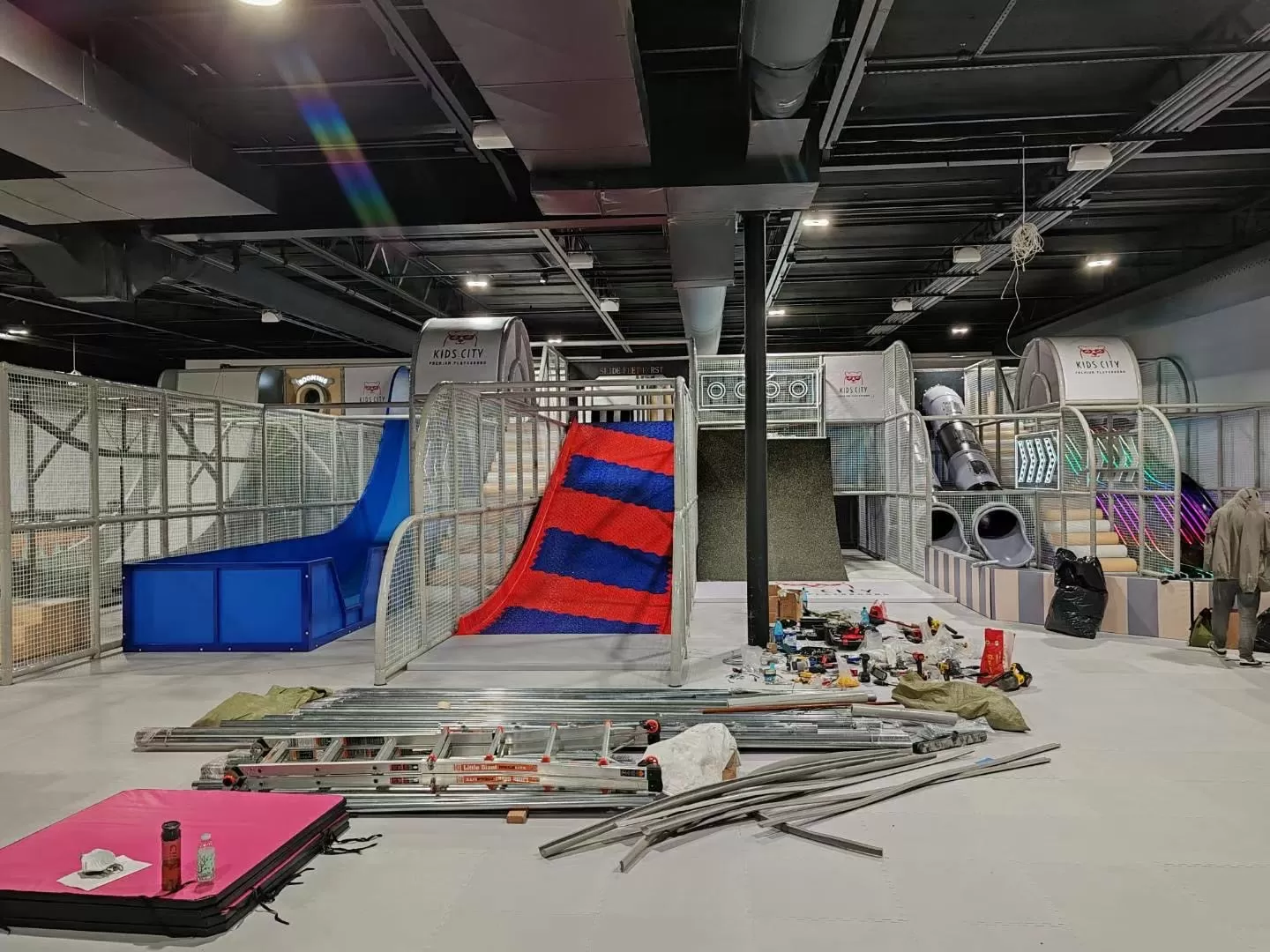Every year, thousands of playground injuries stem from poorly assembled equipment. While the idea of saving money with a DIY backyard playground installation might seem tempting, the hidden risks often outweigh the short-term savings. Let’s explore why certified playground installation isn’t just a luxury – it’s a necessity for creating spaces where kids can thrive safely.

Sarah Thompson, a parent in Ohio, learned the hard way when her homemade playset collapsed under the weight of three children. Stories like hers highlight a growing concern: well-meaning attempts at residential playground installation often overlook critical safety protocols.

Loose bolts, improper anchoring, and inadequate fall zones are just a few issues untrained installers miss. The CPSC reports that 70% of playground injuries result from equipment failures linked to installation errors. Certified professionals use torque wrenches and laser levels to ensure every component meets ASTM safety standards – tools most homeowners don’t own.
A poorly installed commercial playground system might save 10,000 in repairs after weathering its first storm. Rubber playground flooring that buckles or playground mulch that compacts unevenly creates tripping hazards and accelerates equipment wear.
Homeowners’ insurance often denies claims for injuries on DIY backyard playgrounds. Public entities face even steeper risks – non-compliance with ADA accessibility guidelines can result in lawsuits. For example, a Texas school district paid $45,000 in fines after a wheelchair-inaccessible playground surface failed inspection.
Get a Free Security Assessment

Certified teams like those at NanPlay utilize laser-guided alignment tools to ensure swing beam angles stay within 50-55 degrees – a precision detail amateur installations often neglect. According to the National Program for Playground Safety, professionally installed commercial playground equipment reduces critical injury risks by 91% compared to DIY setups.
When a community center in Austin needed to transform a 1,800 sq.ft sloped site into an inclusive play area, certified installers engineered a tiered design with reinforced playground retaining walls. This approach allowed integration of ADA-compliant ramps while staying 18% under budget, as documented in the 2023 PlaySpace Innovation Report.
Installing poured-in-place rubber playground flooring requires maintaining a strict 82-88°F temperature range during curing – conditions achievable only with industrial thermal blankets and infrared monitoring systems. This technical precision prevents costly rework of playground rubber mat installations, a common issue in DIY projects.
NanPlay’s certified installation services activate a 12-year structural warranty covering everything from swing chain corrosion to playground rubber flooring seam integrity. Independent testing by Global Safety Labs shows professionally anchored equipment lasts 2.3x longer than self-installed units under wind load simulations.
Certified playground installation companies carry 28,000 after replacing volunteer-built equipment with ASTM-compliant professional installations.
“Can you provide references from local playground installation projects?”
“Do you carry playground installation insurance for workplace injuries?”
“How do you handle playground equipment liquidation if we upgrade later?”
No ASTM F1487 certification
Requests full payment upfront
Uses substandard materials like untreated wood or thin-gauge steel
| Component | Average Cost (2024) |
|---|---|
| Labor (Certified Team) | 1,500-4,000 |
| Commercial-Grade Equipment | 8,000-50,000+ |
| Rubber Surfacing | 6-12/sq.ft |
| Engineered Wood Fiber | 1-3/sq.ft |
| Permitting Fees | 200-1,000 |
Source: National Recreation and Park Association (NRPA) 2023 Cost Survey
How long does playground installation take?
Most residential projects take 2-5 days. Commercial playground equipment installation with custom designs may require 2+ weeks.
Can you install on uneven ground?
Yes! Professionals use techniques like grading or retaining walls. However, steep slopes may require terracing.
Do I need a permit for backyard playgrounds?
Check local zoning laws. Structures over 144 sq.ft often require permits.
Ready to Build Safely?
At NanPlay, our certified installers have completed 1000+ projects across residential and commercial sectors. Request a free site assessment to ensure your play space meets all safety and accessibility standards.
How long will it take to Install a Commercial Playground
What to Expect While Installing Playground Equipment
What You Should Know About Installing Your Playground
Reasons to Hire a Professional to Install Your Children’s Playground
Thank you very much for your inquiry! Your trust is our greatest motivation. We are committed to offering playgrounds that combine high quality with affordable pricing. Let us bring vitality to your venue!